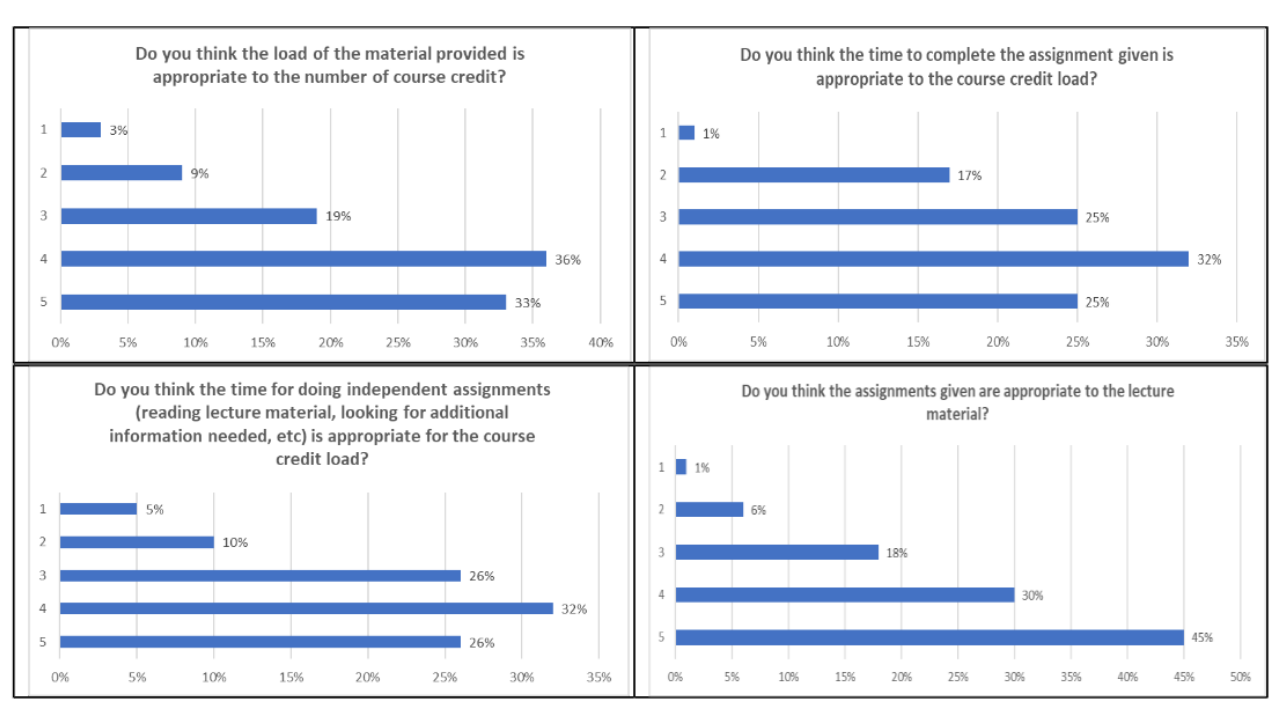
ASK
ME

REGISTER
NOW
Bachelor in Law
Program
Based on the National
Standards for Higher Education, as outlined in the Ministry of Education and
Culture Regulation No. 3 of 2020 on National Higher Education Standards, the
duration and workload for educational programs are regulated. The Ministry's
regulation stipulates a workload of 144 credit hours for undergraduate students
with a maximum academic study period of 7 years or 14 semesters. The Bachelor
in Law Program curriculum is designed to align with these regulations.
The Bachelor in Law
Program curriculum is structured over eight semesters, although students
can complete it by the
7th semester.
According to these national guidelines, one credit hour for a semester consists
of:
• Fifty
minutes of learning activities per week per semester.
• Sixty
minutes of structured assignment activities per week per semester.
• Sixty
minutes of self-study activities per week per semester.
Below is a breakdown
of the learning minutes and hours for each course based on credit in one
semester:
|
Type of activity credits |
credits / week |
2 credits /week |
2credits/semester: 16 meetings |
3credits/semester 16 meetings |
4credits/semester 16 meetings |
|
Learning Process |
50 minutes |
100 minutes |
1.600 minutes |
2.400 minutes |
3.200 minutes |
|
Structured Assignments |
60 minutes |
120 minutes |
1.920 minutes |
2.880 minutes |
3.840 minutes |
|
Independent Activities |
60 minutes |
120 minutes |
1.920 minutes |
2.880 minutes |
3.840 minutes |
|
Total |
170 minutes |
340 minutes (5.6 hours) |
5,440 minutes (90.6 hours) |
8,160 minutes (136 hours) |
10,880 minutes (181.33 hours) |
Table 17:
The Bachelor in Law Program
Learning Type and Credit
Course selection for
each semester is a consultative process between students and their academic
advisors. Students are given a course distribution guide each semester and a
credit accumulation table to help them plan their course load. At the beginning
of the semester, before students register for their courses, academic advisors
will guide them to help students make the most of the course they take. However,
the number of credit hours a student can enroll in depends on the Cumulative
Grade Point Average (GPA) obtained in the previous semester.
Below are the guidelines for credit
enrollment based on the Cumulative GPA:
|
Cumulative Grade Point Average (IPS) |
Amount of Credit that Can Be Taken |
|
0 — 1,29 |
12 |
|
1,30 — 1,49 |
14 |
|
1,50 — 1,99 |
17 |
|
2,00 — 3,00 |
20 |
|
3,01 — 4,00 |
24 |
Table 18:
The Bachelor in Law Program
Cumulative GPA
In addition to the Cumulative GPA,
several other factors must be considered when selecting courses:
a.
Course Distribution in the BLP Curriculum
b.
Credit Accumulation Table
c.
Prerequisite Courses
Apart from these
mandatory considerations, additional factors that should be considered include
students' financial capability (whether they have scholarships or not) and
their academic performance each semester. Based on data from the past three
years, students have been able to complete their coursework by the seventh
semester.
The mechanisms implemented by BLP to
ensure students graduate on time include:
a.
Curriculum orientation at the beginning of each semester.
b.
Assignment of academic advisors to guide students throughout the program
to help them graduate on time.
c.
Offering prerequisite courses in both odd and even semesters to ensure
students can take their required courses.
d.
Academic Advisors and Program Heads
provide exceptional guidance for students approaching
the end of their study period.
e.
Campus Ministry facilitating students facing non-academic and
non-financial difficulties.
f.
Financial support for students facing
financial challenges provided by the Financial Department.

Chart 6:
The Bachelor in Law Program
Course Load
Explanation:
1 = Not suitable for any of the courses
taken
2 = Suitable for a small portion
(10-40%) of the courses taken
3 = Suitable for half (50%) of the
courses taken
4 = Suitable for a significant portion
(60-90%) of the courses taken
5 = Suitable for all of the courses
taken
Based on the survey results above:
a. 71 (69%) students agreed that the
course material's weight matched the credit for the most part, while the
remaining students disagreed.
b. 58 (56.5%) students agreed the time
allocated for completing assignments matched the credit, while the others
disagreed.
c. 60 (58.9%) students agreed the time
allocated for independent assignments aligned with the credit, while the rest
disagreed.
d. 77 (75.5%) students agreed that the
assignments aligned with the course material, while the rest disagreed.